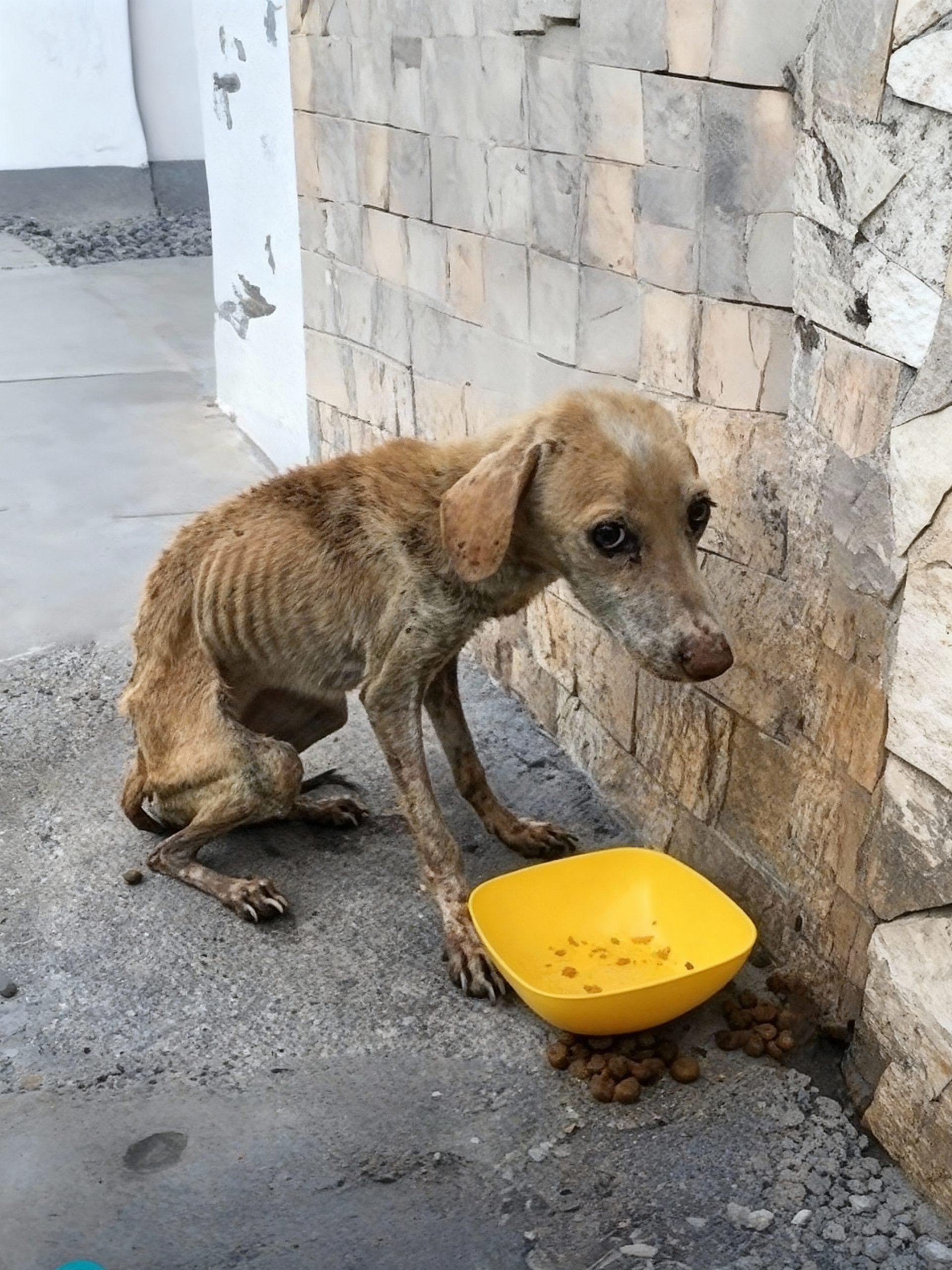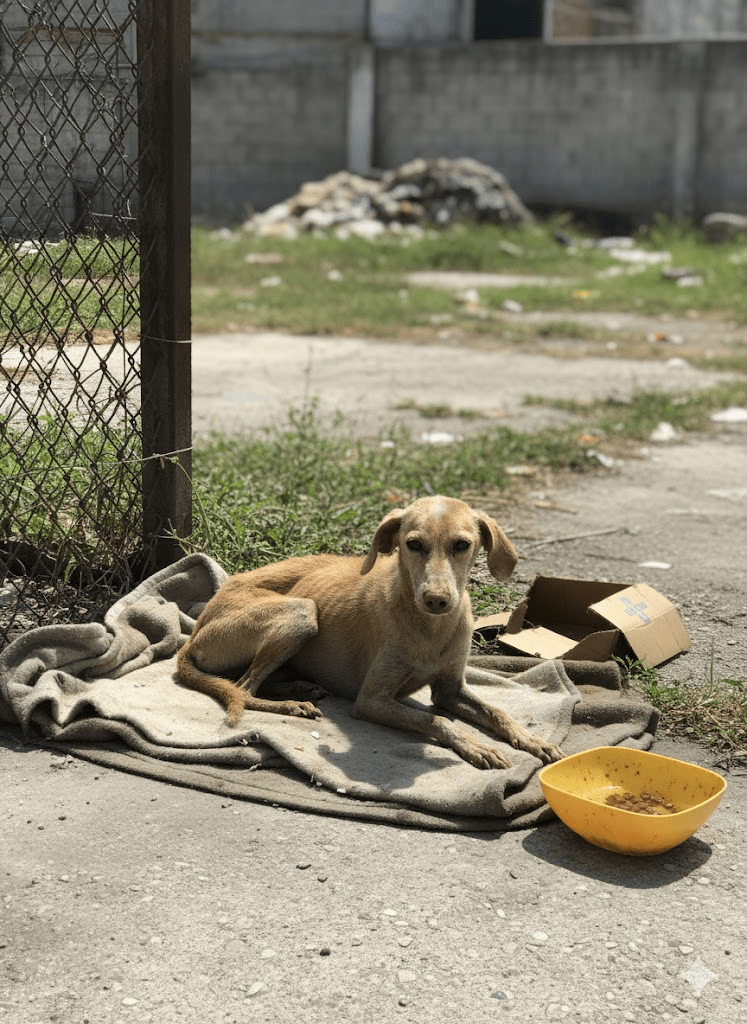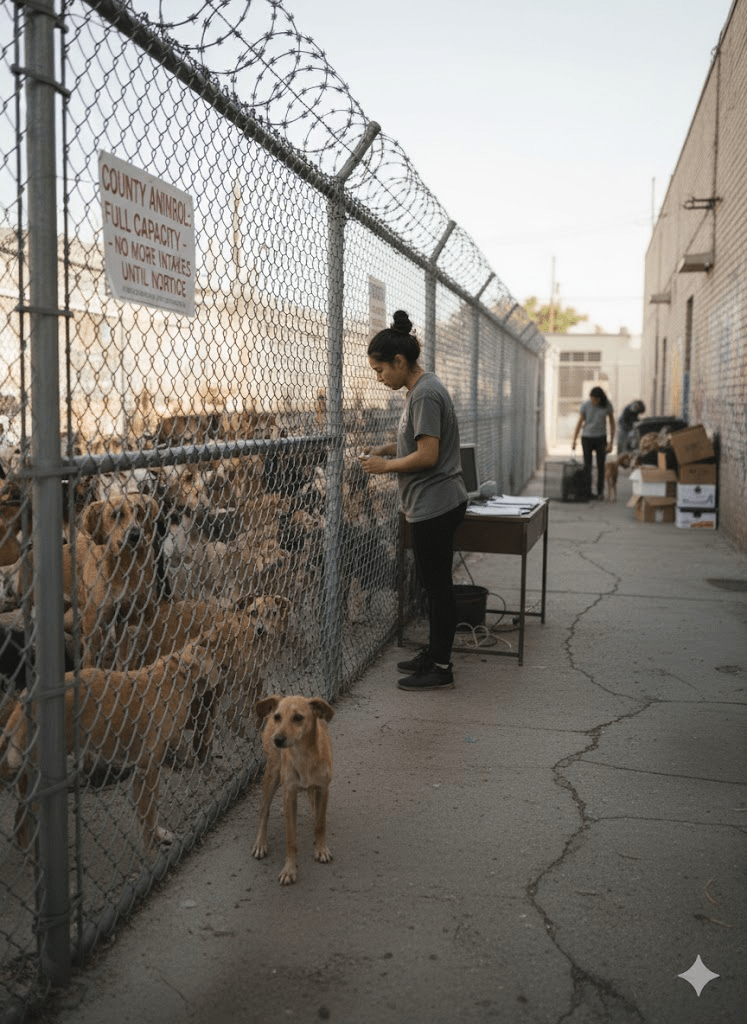The image before us tells a somber tale – a emaciated dog, ribs starkly visible, a bowl of kibble a poignant symbol of both basic provision and the depth of its struggle. This solitary scene, while heartbreaking, is a stark reminder of a global crisis often overlooked: the pervasive and devastating issue of stray animals. Millions of dogs, cats, and other creatures roam streets, abandoned and vulnerable, facing a daily battle for survival against hunger, disease, isolation, and the harsh realities of the elements. Their lives are often short, fraught with suffering, and marked by a desperate search for sustenance and safety. This isn’t merely an unfortunate circumstance; it’s a complex societal challenge with far-reaching consequences for animal welfare, public health, and community well-being. Understanding the roots of this problem, from irresponsible pet ownership to systemic failures in animal control and support, is the first crucial step toward forging effective, compassionate solutions. Only by acknowledging the silent struggle of these animals can we begin to build a future where every creature has a chance at a life free from neglect and suffering.

One of the primary drivers of the stray animal crisis is irresponsible pet ownership. This encompasses a range of behaviors, from the abandonment of animals when they become inconvenient or too expensive, to a lack of spaying and neutering, which leads to uncontrolled breeding. Many people acquire pets without fully understanding the long-term commitment and financial responsibilities involved. A cute puppy or kitten can quickly grow into an adult animal requiring consistent care, training, and veterinary attention. When owners are unprepared or unwilling to meet these needs, animals are often neglected, left to wander, or outright abandoned. The emotional toll on these discarded companions is immense, as they struggle to adapt to a life without the security and affection they once knew, or perhaps never had. This cycle of acquisition and abandonment perpetuates the problem, flooding communities with animals ill-equipped to survive on their own.

Inadequate spay and neuter programs further exacerbate the issue. A single unspayed female dog and her offspring can produce thousands of puppies over several years, and cats can reproduce even more rapidly. Without widespread, accessible, and affordable sterilization services, animal populations can quickly spiral out of control. Many communities lack the resources or political will to implement comprehensive Trap-Neuter-Return (TNR) programs for feral cat colonies or similar initiatives for dogs. Public awareness campaigns promoting the importance of spaying and neutering are also often insufficient, leaving many pet owners unaware of their crucial role in preventing unwanted litters. The sheer volume of births quickly overwhelms shelters, rescue organizations, and the capacity of communities to care for these animals, leading directly to more strays on the streets.


Another significant factor is the lack of robust animal control infrastructure and enforcement. In many areas, animal control services are underfunded, understaffed, or simply non-existent. This means that stray animals are often not collected, injured animals go without aid, and reports of neglect or cruelty are not adequately investigated. Even when animals are impounded, shelters often face overcrowding, limited resources, and the difficult decision of euthanasia for healthy but unadopted animals. Effective animal control involves more than just picking up strays; it requires proactive measures like licensing, microchipping, and community outreach to promote responsible pet care and prevent animals from becoming strays in the first place.







